Let's say I a table that contains the date, account, product, purchase type, and amount like below:

Looking at this table, you can see that for any particular account/product combination, there are buys and sells. Essentially, what I'd like to write is a SQL query that flags the following: Are there accounts that bought at a certain amount and then sold the same aggregate amount or more 30 days from that buy?
So for example, we can see account 1 bought product A for 20k on 8/1. If we look at the running sum of sells by account 1 for product A over the next 30 days, we see they sold a total of 20k - the same as the initial buy:
Ideally, the query would return results that flag all of these instances: for each individual buy, find all sells for that product/account 30 days from that buy, and only return rows where the running total of sells is greater than or equal to that initial buy.
EDIT: Using the sample data provided, the desired should look more or less look like the following:
You'll see that the buy on 8/2 for product B/account 2 is not returned because the running sum of sells for that product/account/buy combination over the next 30 days does not equal or exceed the buy amount of 35k but it does return rows for the buy on 8/3 for product B/ account 2 because the sells do exceed the buy amount of 10k.
I know I need to self join the sells against the buys, where the accounts/products equal and the datediff is less than or equal 30 and I basically have that part structured. What I can't seem to get working is the running total part and only returning data when that total is greater than or equal to that buy. I know I likely need to use the over/partition by clauses for the running sum but I'm struggling to produce the right results/optimize properly. Any help on this would be greatly appreciated - just looking for some general direction on how to approach this.
Bonus: Would be even more powerful to stop returning the sells once the running total passes the buy, so for example, the last two rows in the desired output I provided aren't technically needed - since the first two sells following the buy had already eclipsed the buy amount.

